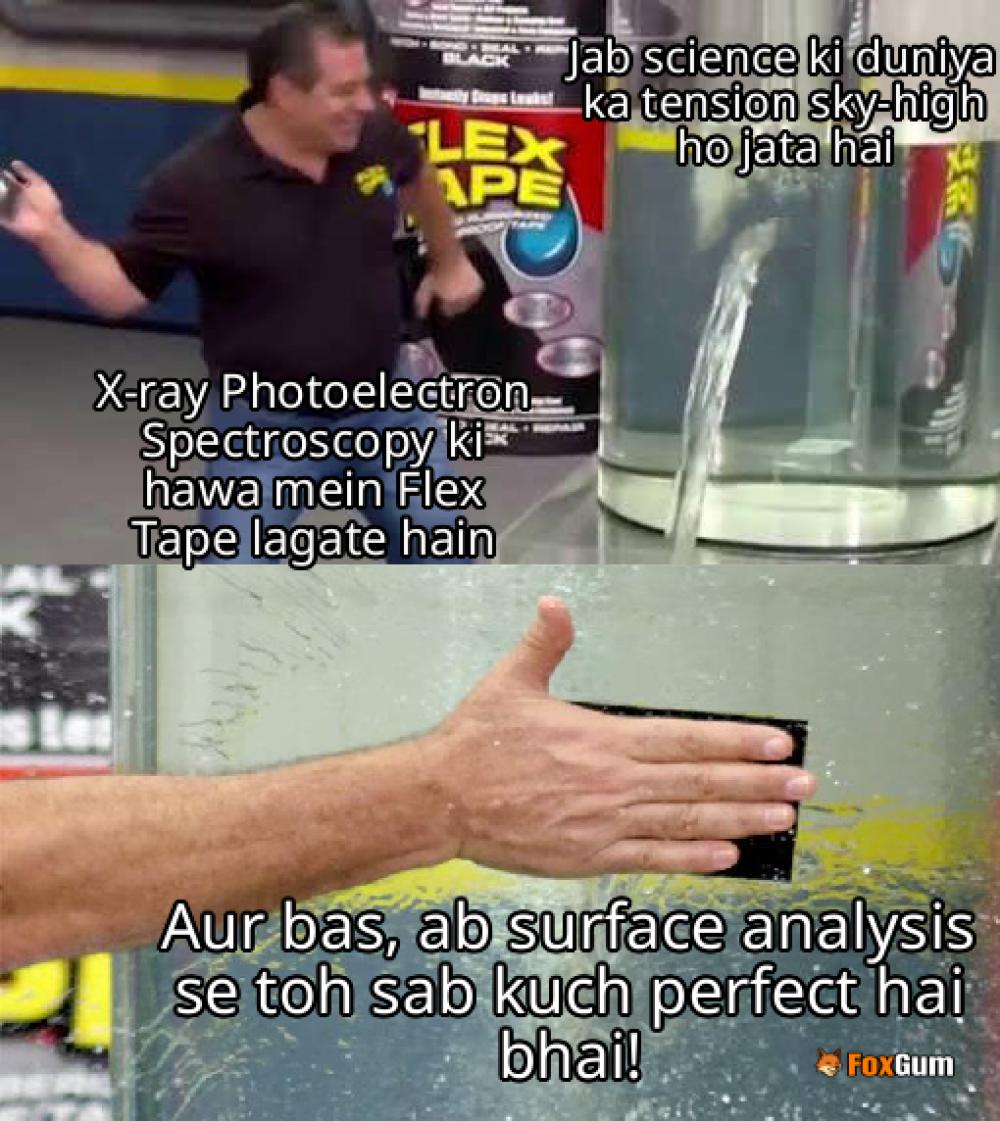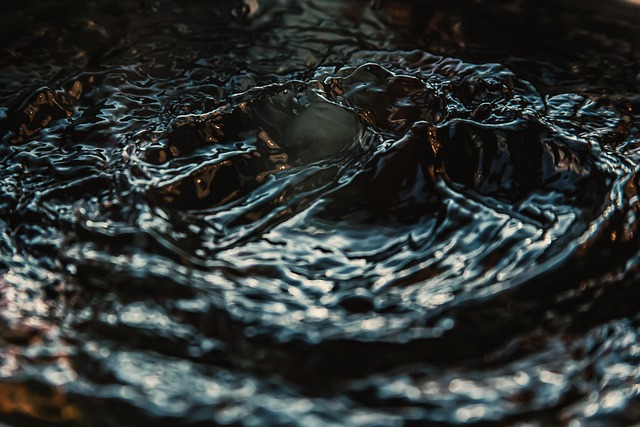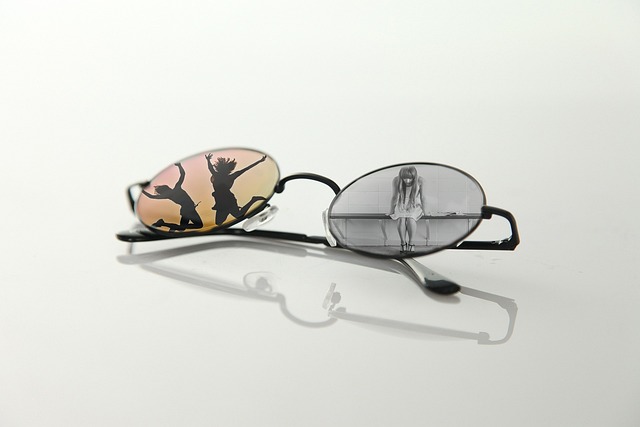
X Ray Photoelectron Spectroscopy: The Cool Science Behind Surface Analysis!
Ever wondered how scientists figure out what’s going on at the very top layer of materials? 🤔 Enter X Ray Photoelectron Spectroscopy (XPS), the superhero of surface analysis! 🦸♂️ This nifty technique measures the topmost 50-60 atoms (that’s just 5-10 nm for the nerdy folks out there) of any surface. Talk about getting up close and personal! 😄
So, how does this magic happen? Well, it all starts with a beam of X-rays zapping the material. 💥 When the X-rays hit, they kick out electrons, and voilà! Scientists can analyze the resulting electron population spectra. It’s like a dance party for atoms, and everyone’s invited! 🎉
Why Is XPS So Important?
XPS isn’t just a fancy acronym; it’s a game-changer in the world of materials science. 🧪 It allows researchers to determine the elemental composition and chemical states of materials. You can think of it as a detective, uncovering the secrets of surfaces! 🕵️♀️
One of the coolest places to use XPS is at the Max IV synchrotron in Lund, Sweden. 🇸🇪 They have this super special Hippie beam line that takes XPS to the next level with something called Ambient Pressure X-Ray Photoelectron Spectroscopy (AP-XPS). Sounds like a mouthful, right? But it’s basically XPS that works even when the material is in a more realistic environment. 🌍
A Little History Lesson
Let’s take a quick trip down memory lane! 🕰️ The man behind the curtain, or should we say the Nobel Prize, is Kai Siegbahn. In 1981, he snagged the Nobel Prize for Physics for his groundbreaking work in developing XPS into a practical analytical tool. 🏆 Talk about leaving a legacy!
Applications Galore!
XPS is used in various fields, from materials science to nanotechnology and even in the study of catalysts. ⚗️ Imagine being able to analyze the surface of a new material before it even hits the market! It’s like having a crystal ball for scientists.
- Materials Science: Understanding surface properties to create better materials.
- Nanotechnology: Analyzing tiny structures for advanced tech.
- Catalysts: Improving efficiency in chemical reactions.
- Corrosion Studies: Figuring out how and why materials break down.
Wrapping It Up!
So there you have it, folks! X Ray Photoelectron Spectroscopy is not just a mouthful; it’s a vital tool that helps scientists explore the hidden world of surfaces. 🕶️ Who knew that a little X-ray action could lead to such big discoveries? Next time you hear about XPS, you can impress your friends with your newfound knowledge! 😎

















 The Nobel Prize: A Celebration of Excellence
The Nobel Prize: A Celebration of Excellence 
 Health
Health  Fitness
Fitness  Lifestyle
Lifestyle  Tech
Tech  Travel
Travel  Food
Food  Education
Education  Parenting
Parenting  Career & Work
Career & Work  Hobbies
Hobbies  Wellness
Wellness  Beauty
Beauty  Cars
Cars  Art
Art  Science
Science  Culture
Culture  Books
Books  Music
Music  Movies
Movies  Gaming
Gaming  Sports
Sports  Nature
Nature  Home & Garden
Home & Garden  Business & Finance
Business & Finance  Relationships
Relationships  Pets
Pets  Shopping
Shopping  Mindset & Inspiration
Mindset & Inspiration  Environment
Environment  Gadgets
Gadgets  Politics
Politics 